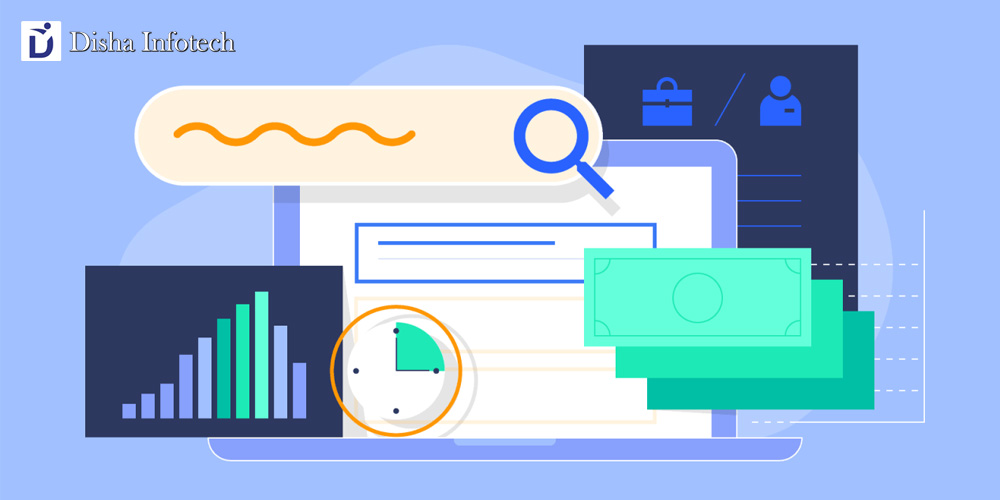As a business owner, you want your website to rank high in Google search engine results pages (SERPs). This is important not only for SEO purposes – but it’s also essential for drawing in potential customers. By optimizing your on-page SEO, you can help boost your website’s standing and improve its visibility within the SERP listings.
On-Page SEO: 5 Things You Can Improve to Rank Better
Now that we have seen the importance of your page architecture, we are ready to address how to optimize SEO within your site.
1. Keyword-page pairing
To connect keywords to pages, we assume you have already done in-depth keyword research. From your keyword research, extract your list of target keywords and the search volume for each of them. Inside your site structure, you should now decide what pages you would like to rank for each of your target keywords.
Make a list of those keyword-to-page pairs. Often the hardest keyword is paired with the strongest page, the homepage. You can use one of the leading SEO tools to identify pages already ranking for certain keywords.
A good way to keep track of your keyword-to-page pairs is by creating a spreadsheet for the purpose. You can name the document On-Page SEO. You can add column labels with the following names: Target Keyword, Search Volume, Target URL, Title, H1 Title, Description. Fill in the Target Keyword and Search Volume from your keyword research and now find the Target URL for each of the keywords you want to target.
2. Preparing titles and descriptions per page
Now you must work hard on your titles and descriptions. You need a page title, a slightly different H1 title, and a meta description of a few lines. The keyword for the page must appear in each element naturally.
For the title tag, try placing the keyword toward the beginning of the line for a better effect. You can work through the spreadsheet you created line by line to complete the work. Remember to spellcheck and proofread once you have finished.
3. Implementing page structure changes
How you implement your changes depends on the way you manage your website. Changes to the head section of your documents typically require updates via the CMS. This applies to the title and meta tags. With your title and meta descriptions in hand, discuss the best way to implement the changes with your developer, or check the documentation for the CMS you are using to do it yourself.
4. Keyword-enriching content
The content of your site is typically easier to access. This is where you will place your H1 title and keywords in the content. You may have to verify that H1 tags are placed around your page titles inside your page code.
After you have updated the title, verify that the target keyword is mentioned at the beginning of the content — rewrite the opening paragraph if needed. Then search for the keyword in the document to see where it appears.
Start reading through the content thoroughly to identify places where you can rewrite phrases to make them more keyword-rich, including not just your target keyword, but also variations and synonyms for it.
5. Check for best practices
Once all your keywords have been used to optimize pages on your site and the technical implementation is in place, you should be able to see the changes in search engines. After you have finished implementing all the changes, you might need to resubmit your site to search engines and wait for the changes to appear.
When your site has been re-indexed, you can run a new site crawl with an SEO tool to show the changes. Now, for each of your URLs, run through the on-page SEO checklist below to finalize your on-page optimization:
Your on-page optimization empowers other SEO actions
With your pages optimized and keyword-rich, any other SEO improvements you do will benefit from the strong performance of your enhanced pages. It is a time-consuming process to go through, but fortunately, you have to do this only once for your site.



